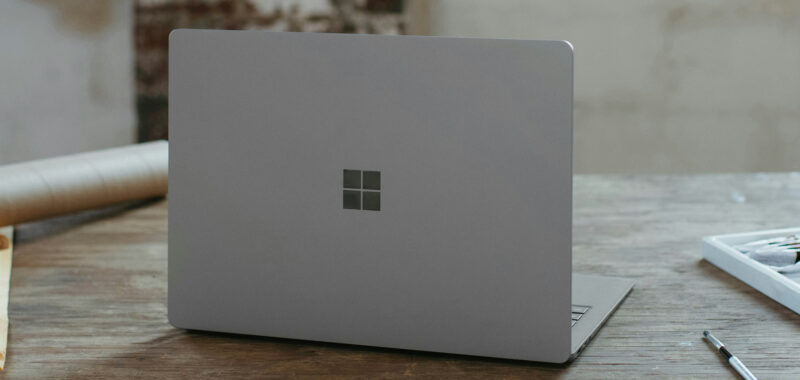It’s impossible to ignore the rapid rise in the capabilities of artificial intelligence tools in recent months. Microsoft hasn’t been shy in stuffing Windows full of AI features: Windows computers now come with a dedicated key for launching Copilot, Microsoft’s AI assistant, which has been integrated into the operating system.
We’ll guide you through everything you can use Copilot for on your Windows laptop or desktop, and how you can get it up and running. We’ll also explain the difference between Copilot and a Copilot+ PC, which is a label you might have spotted if you’ve been shopping for a Windows computer lately.
Copilot on Windows
When it comes to the Copilot assistant inside Windows, it’s very similar to the Copilot app on the web. You can jump between the web app and the app in Windows, using the same Microsoft account, and carry on where you left off. Your chat history should also be synced between Windows and the web.
There are a number of ways to launch Copilot on Windows. You can launch it from the Start menu like any other program: Just search for it or find it in the main apps list. You might also find WIndows has pinned it to the taskbar. Copilot can also be launched by pressing the Copilot key on your keyboard (two curved rectangles next to each other), if you’ve got a newer PC with the key included.

Once you’re into Copilot, you can sign in with your Microsoft account, and start chatting. You’ll see some suggestions for conversation topics: daily news, motivation or meditation tricks, or prompts for a short story, as examples. Just type in the Message Copilot box to get started, or click the microphone icon to the right, if you’d rather talk instead. Bear in mind that your chats are still saved when you quit the app and open it up again (click the clock icon to see your chat history).
You can ask Copilot questions (like how DNA works or when Brazil became a country), get it to generate text for everything from emails to poems, and use it for advice too—with the usual caveats about AI hallucinations. It’s always worth double-checking what AI tells you, though you will notice that for some answers you’ll get references back to the web, so you can verify the accuracy of the information.

Copilot can be useful in the same way that AI chatbots like ChatGPT and Gemini can be. You can ask about how to boost your confidence, for example, or how to do something on Windows, or how to best wrap an oddly shaped present. Click the + (plus) button to the left of the input box, and you can start a new chat or upload an image to use with Copilot. You can ask about the contents of an image, or use them as prompts (so something like “give me a recipe with this ingredient”).
You’re also able to create your own AI art with Copilot—just ask it to draw something or create an image of something. As with other similar AI tools, the more specific you are about what you want to see and its style, the more likely you are to get something close to what you wanted. Each image comes with a download button next to it (the downward arrow), so you can save it somewhere else.
Using Copilot+ PCs
You may have noticed you can now buy Windows laptops that are classed as Copilot+ PCs too. Rather confusingly, these don’t have a different version of Copilot installed, but they do have a specific bit of hardware inside: A neural processing unit (NPU), which means more AI processing can be done faster on the actual device, without having to transfer data to and from the cloud.
You can get Copilot on Windows 11 whether or not you have a Copilot+ PC in front of you, and you’ll be able to access all of the features mentioned above. There are some extra features that a Copilot+ PC gives you, including Windows Studio Effects, which lets you add AI-powered visual enhancements to your video calls.

Another additional feature is something called Cocreator in Paint. Load up the application, use a text prompt to describe what you’d like a picture of, and then start drawing: The Cocreator AI will soup up your scribblings so they enhance what you’ve already done. Just click Cocreator in the toolbar at the top to get started.
Then there’s Windows Recall, though this is only in testing for early adopters at the moment. It takes snapshots over time of what you’re doing on your PC—snapshots that are kept local and encrypted—and then lets you search back through them to find a file, webpage, idea, or whatever else. It makes it easier to get back to something you’ve previously been working on.

If you’re part of the Windows Insider program, Recall is available as a preinstalled app. Once it’s up and running, you can load it from the Start menu or taskbar, and see a timeline of screenshots going back from the current point. You can browse these images manually, or search for something specific (so searching for “Popular Science,” for example, would bring up all the times you were looking at the Popular Science website).
Copilot+ PCs also give you Automatic Super Resolution, which can tweak screen resolution during gaming to improve quality, and Live Translate, which translates any audio on your computer in real time. There’s also a Cocreator-like tool in Photos, that lets you reimagine existing images in different styles or with different elements.


